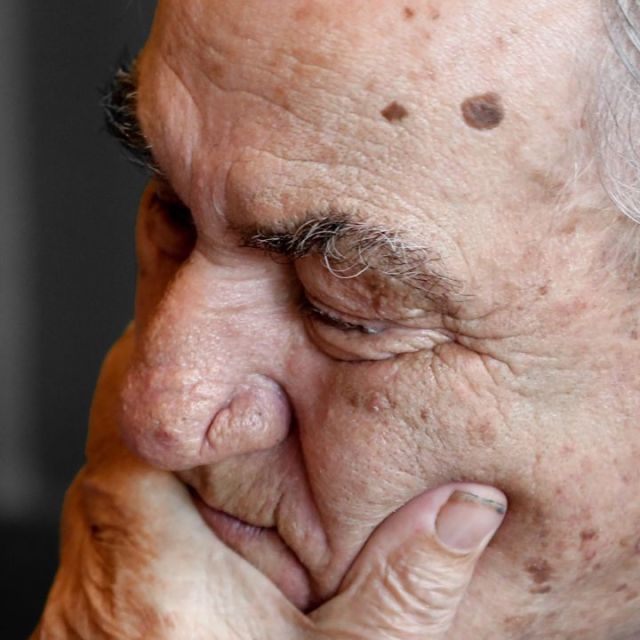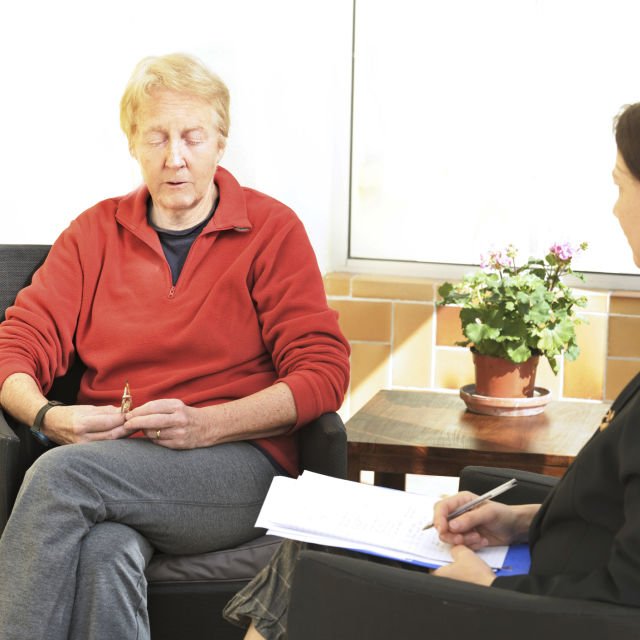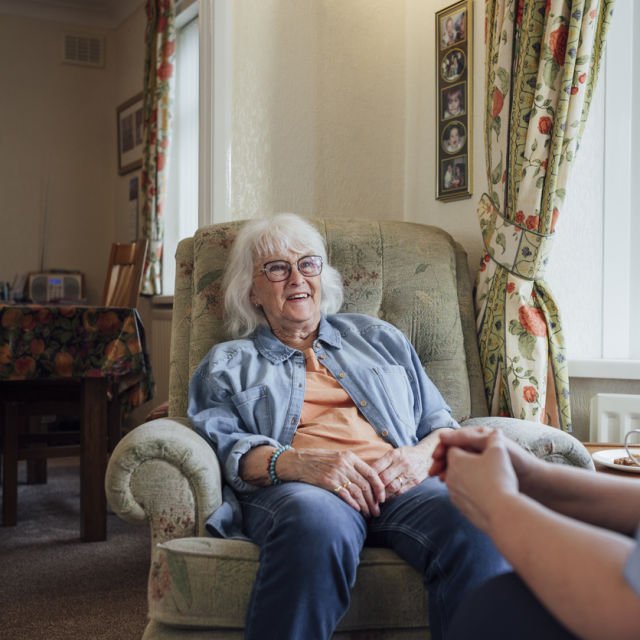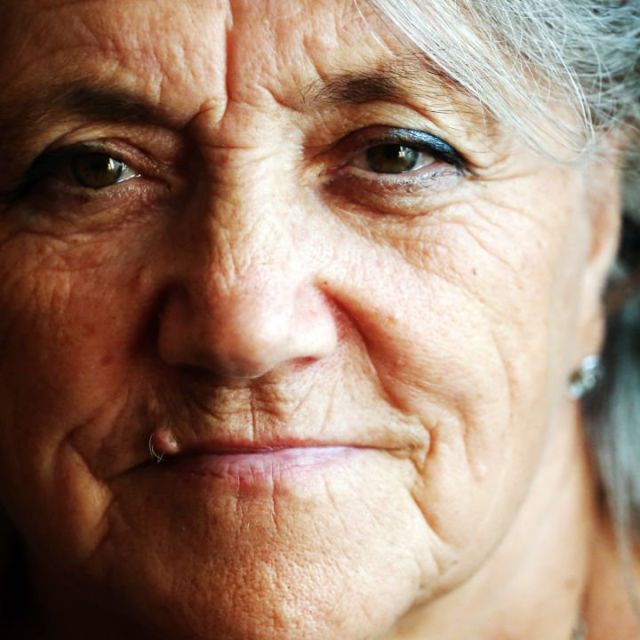What is elder abuse?
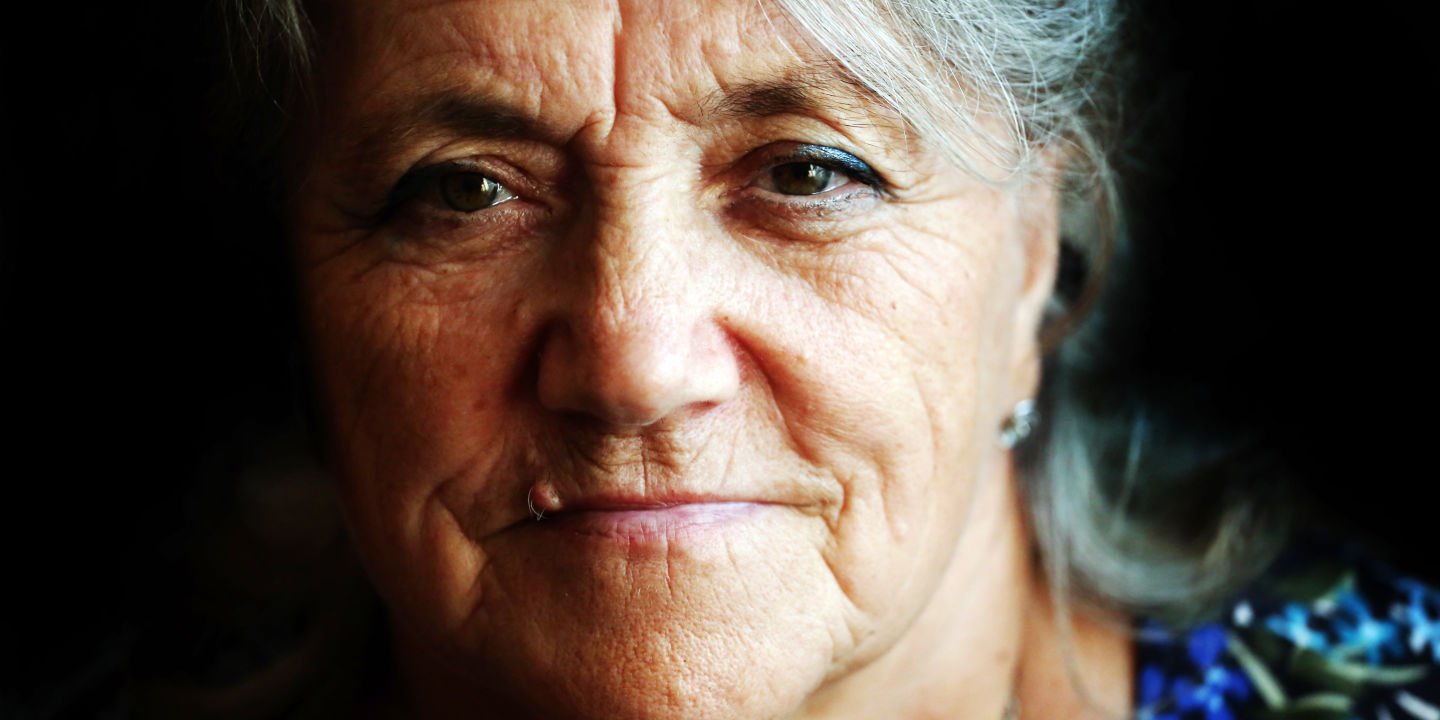
It has been estimated that as many as 185,000 older people in Australia experience some form of abuse each year. But what is elder abuse?
The World Health Organisation defines elder abuse as a single or repeated act, or lack of appropriate action, occurring within any relationship where there is an expectation of trust which causes harm or distress to an older person.
Abuse can be deliberate or unintentional. It can occur once or many times. Abuse does not have to be physical – misusing an older person’s money or threatening to restrict access to friends and family can cause immeasurable and lasting damage to an individual and their family. It can also lead to older people needing more help from the health and aged care systems, government benefits, and other services.
Physical abuse
Physical abuse is an act that causes physical pain or injury to an older person. It can include, but is not limited to, actions such as hitting, pushing or kicking.
Inappropriate use of drugs or physical restraints is also an example of physical abuse.
Psychological abuse
An act that causes emotional pain or injury to an older person. It can include insulting or threatening a person, acts of humiliation or disrespect, and controlling behaviours including confining or isolating a person.
Sexual abuse
Sexual abuse is any sexual behaviour without a person's consent. It includes sexual interactions and non-contact acts of a sexual nature.
Neglect
Neglect is the failure to meet a person's basic needs such as food, housing and essential medical care.
Financial abuse
Financial abuse is the misuse or theft of an older person's money or assets. It can include, but is not limited to, behaviours such as using finances without permission, using a legal document such as an enduring power of attorney for purposes outside what it was originally signed for, withholding care for financial gain, or selling or transferring property against a person's wishes.
